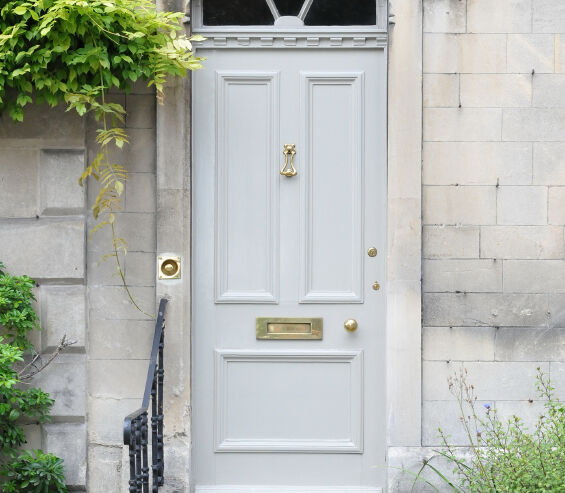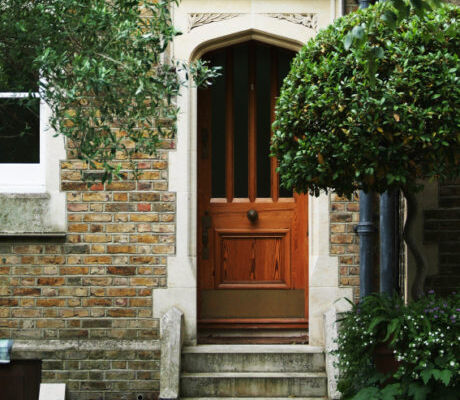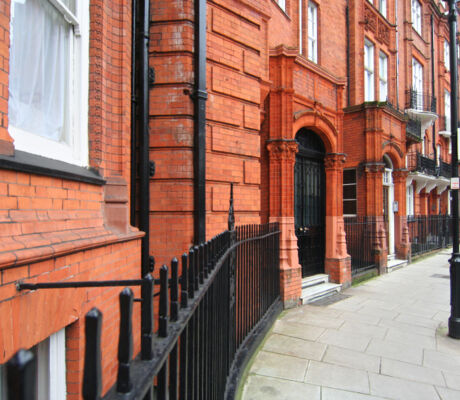It has now been two months since the 3% stamp duty hike came into effect, and just a couple of weeks since lenders started tightening their criteria for buy to let mortgages. This domino effect, which started with Barclays, has spread across the market. Buyers, however, are becoming resilient, and there is still a significant appetite among buy to let investors.
Considering the upheaval of the past few months, it is remarkable the buy to let market remains so buoyant. Back in the Autumn Statement, George Osborne announced a 3 percentage point increase across all stamp duty brackets; for properties worth £1m, this meant a jump from 10% to 13%. The wear and tear allowance was scrapped and, when capital gains tax was reduced from 18% to 10%, it was announced that the higher rate would still apply to property and landlords would not benefit. From April 2017, the tax relief landlords can claim back will be scaled down, meaning they will effectively be taxed on their turnover rather than their profit. Most recently, lenders tightened up their buy to let criteria, and now require landlords to receive more in rent relative to their mortgage costs than ever before.
So why on earth are investors still bothering with buy to let?
Because all these costs are fixed and quantifiable, buyers are able to digest them – and budget. It is a case of sitting down and doing some sums to make sure additional purchases still make sense, rather than a case of crossing one’s fingers and hoping the base rate doesn’t rise.
Of course, in the short term, these tax changes are making themselves felt. One outcome is a shift in the geographic locations most attractive to landlords; the need for high yields is turning attention away from London.
“Property is a tangible asset which people understand,” says Richard Adamson of auctioneers Allsop. “Prices are going up and the demand is strong. It makes sense for anyone who isn’t an investment expert to put their money into property.”
The supply and demand imbalance is key to the enduring attraction of property. Investors are well aware that it is less volatile than shares, and continues to outperform other assets. While savings rates languish at rock-bottom, buy to let will remain a popular way of generating income.
A number of attractive buy to let products have appeared on the market recently as lenders look to compensate for the extra costs landlords have incurred, including some highly competitive 5 year fixed deals. Lenders are also increasingly willing to lend to those buying property through a limited company. Landlords purchasing homes in this way can still get mortgage interest relief, but have generally struggled to secure financing. These moves to create a hospitable lending environment are a significant boost to buy to let investors.
Perhaps it’s not so remarkable after all that buy to let remains a popular choice.





